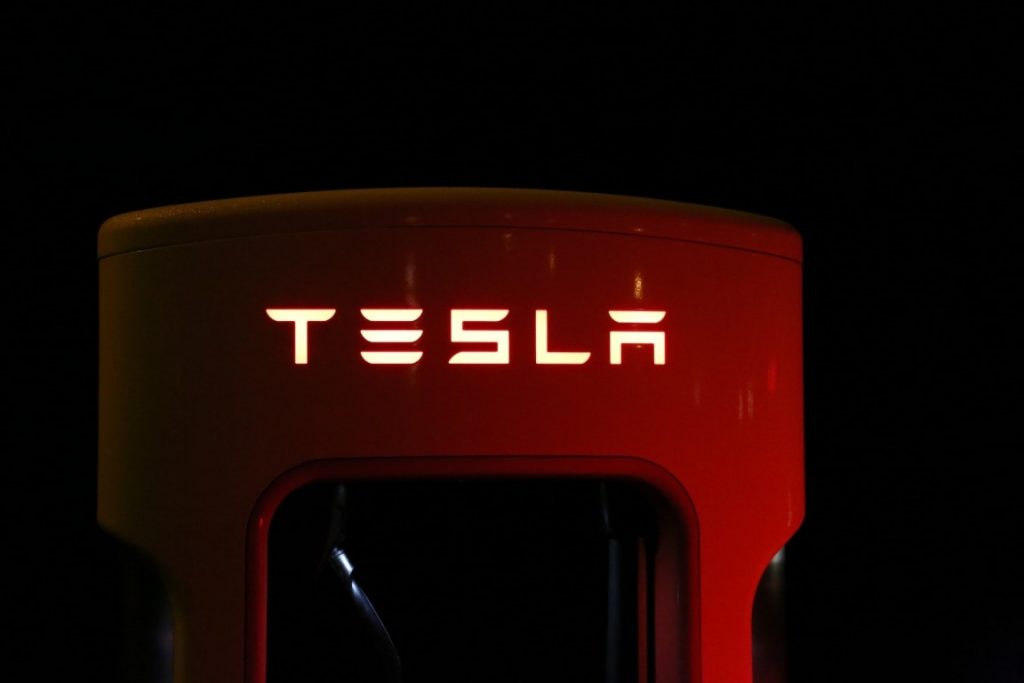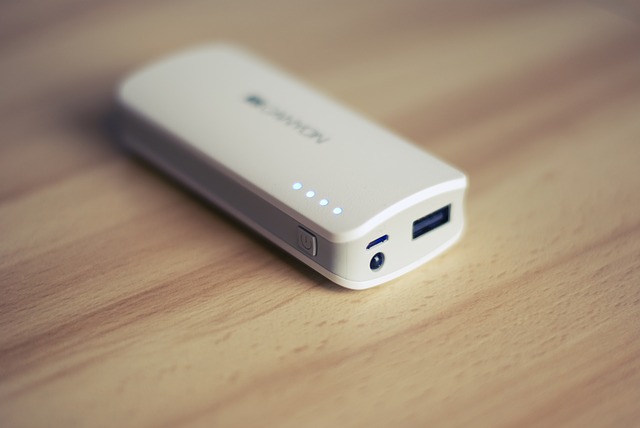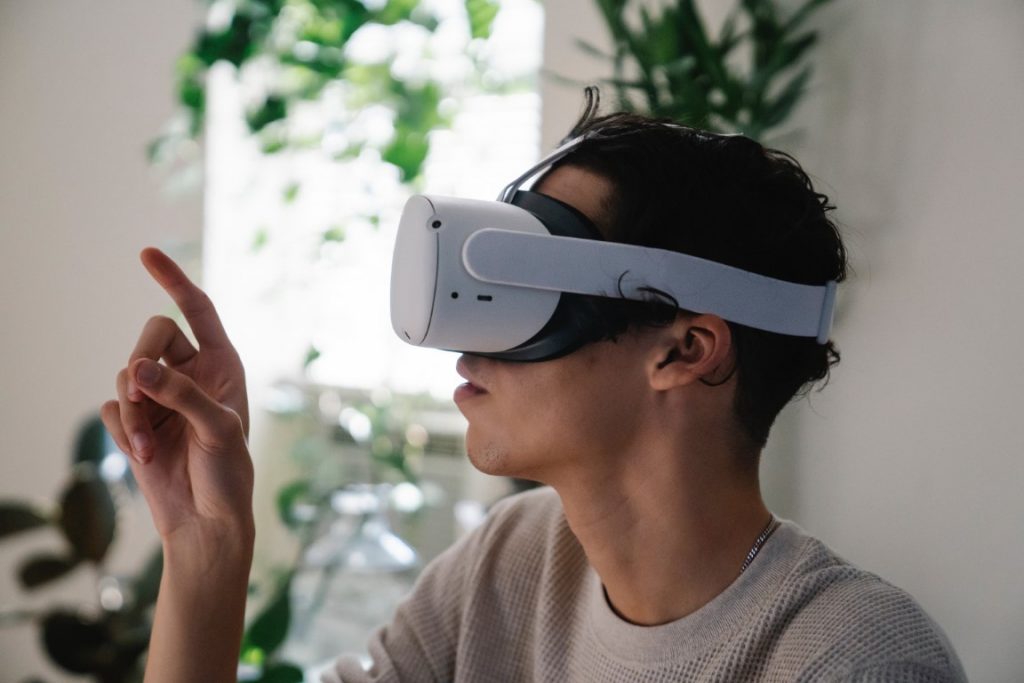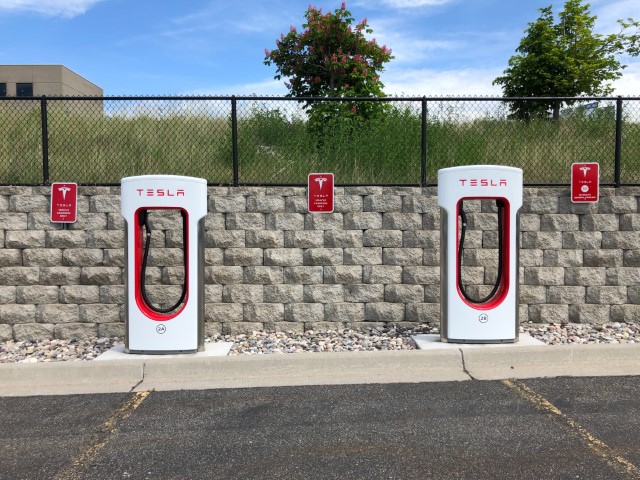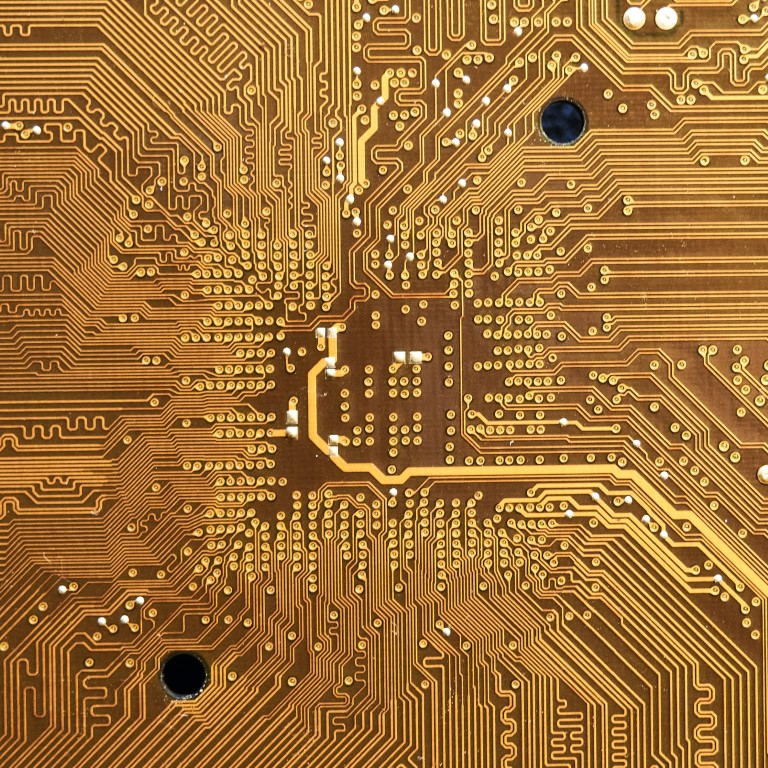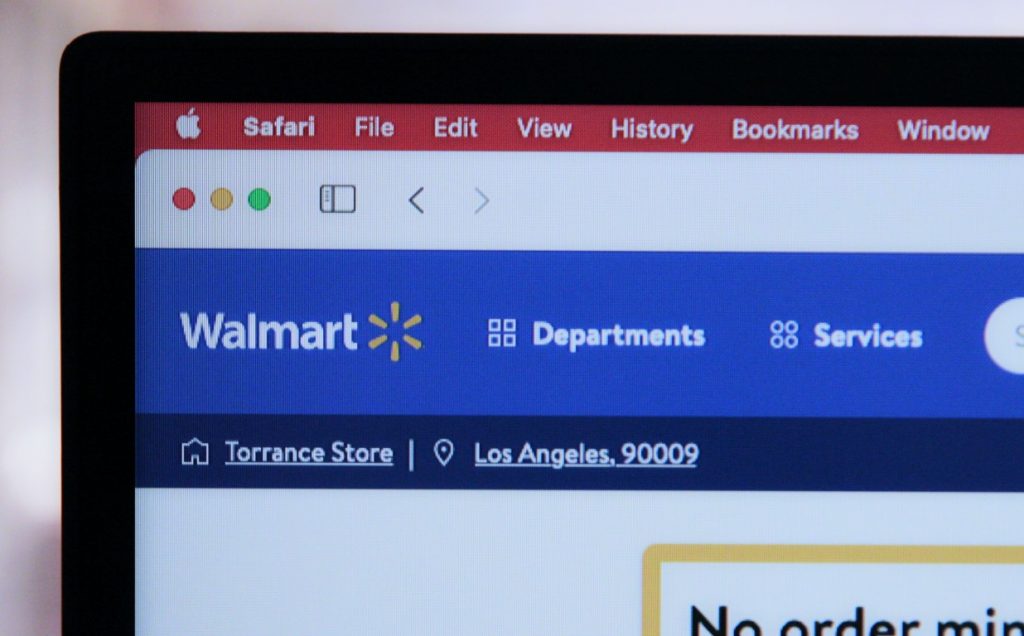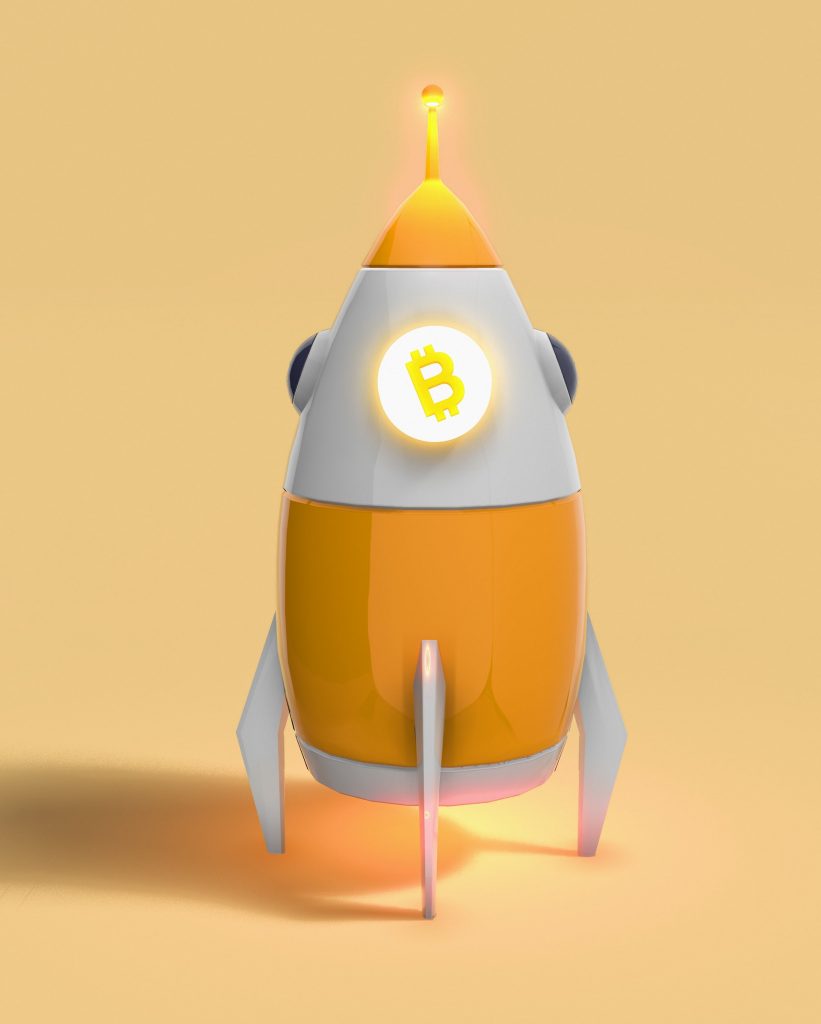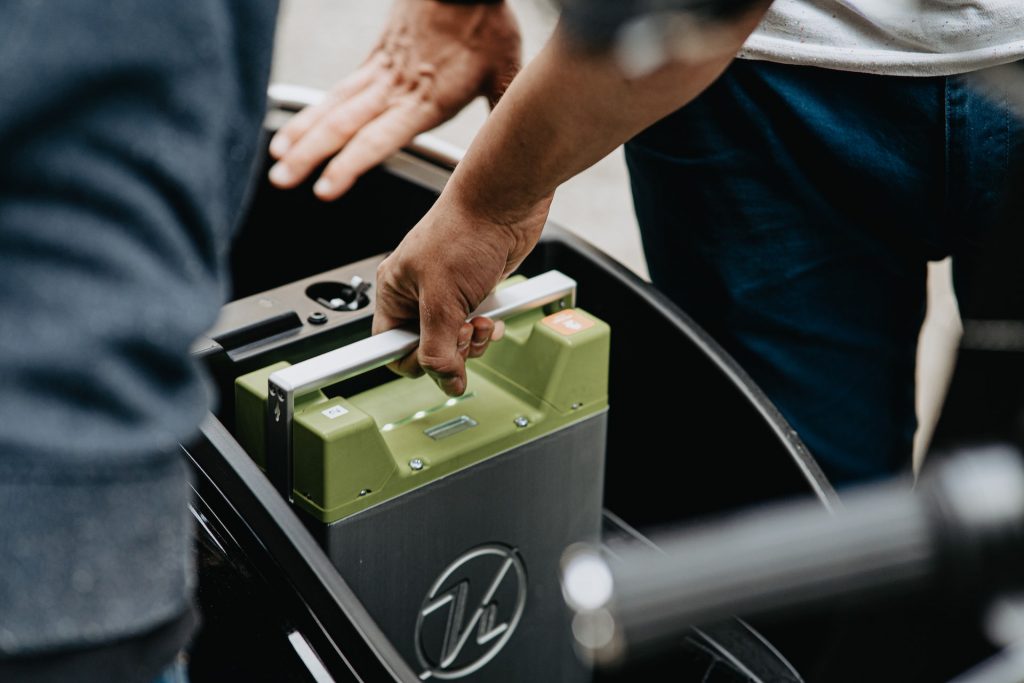- Introduction: What is a virtual power plant, and why does it matter?
- Tesla’s virtual power plant in Japan
- What are the benefits of a virtual power plant?
- Is this the worlds first Virtual Power Plant?
- How does a virtual power plant work ( technical explanation)?
- What are the disadvantages of a virtual power plant?
- Conclusion to why it is good Tesla is making Virtual Power plants
Introduction: What is a virtual power plant, and why does it matter?
A virtual power plant is a system that allows individuals or businesses to generate and sell electricity from their renewable energy sources back to the grid. So what, you might be asking. Well, it is really interesting because it kind of … excuse the pun… gives the power back to the people. There are a lot of things that can add to society when people can buy, sell, and store energy in their homes.
What is interesting about this is that it isn’t the governments of countries, but rather companies that are pushing this technology forward and hoping for mass adoption. It gets into a weird kind of place once you start to think about the different things that can happen when people can start to have direct input to the power grid. Check out the different points in our article below and give it some thought as it might be something you want to add to your own house.
Tesla’s virtual power plant in Japan
Sure this might conjure up ideas of them making a power plant as they have on The Simpsons, but as far as power plants go it only shares the name and pretty much nothing else.
In Japan, Tesla is piloting a virtual power plant project that is using solar panels and home battery systems to provide electricity to homes and businesses. The goal is to eventually have 1 GW of solar power and 2 GWh of storage connected to the grid. This would allow for 10% of Japan’s energy needs to be met by renewable sources, and would help reduce carbon emissions by 5 million tons per year.
So what does that mean? Tesla gave people big power banks that they can put in or around their houses. Then another company provided solar panels, AT NO COST, so people could capture the energy of the sun and store it in these big power banks AKA the Tesla Powerwall.
Here is a great video that breaks down what a PowerWall is:
What are the benefits of a virtual power plant?
Having a virtual power plant has a couple of pretty big benefits for people.
The first is that they can store energy in their houses. Without it, they would basically only be able to use solar power when it is generated. So you could run your house all day with solar power ( if you have enough panels) but at night there would be no reserves to draw power from.
The next is that they can send energy back to the grid. Basically, you can store energy at your house and send it back to the power grid where other people can use it. This is useful for two main reasons, with the first being you could make money off of that power. In some places, you can sell energy back to the grid. This is usually seen in places where they can’t meet the demands, so instead of a blackout, more people would have access to power.
The second is that it might be possible to provide energy to homes if there are issues. Say a power plant shuts down, or power lines that bring in the energy go down due to a storm. If the system was set up, there is a possibility that those with stored power could send it back to the grid so their neighbors could have power even without new power coming in.
I am sure there will be more benefits but these are the two biggest things that I could think of, and to be honest, both of them are great. Everyone likes to make money, and a backup against natural disasters seems to be something a lot of countries are looking at. Dry seasons, Global warming, earthquakes, the list is seemingly getting longer and longer as time goes on.
Is this the worlds first Virtual Power Plant?
Although this might be one of the latest news features, the truth is that there are already a couple of Virtual Power Plants in the world today. California already has a Virtual Power Plant , as they have had issues with roaming blackouts due to increased energy needs and the inability to meet those needs. People with Powerwalls can sell energy back to the network at around $2 for every Kilowatt-Hour that they provide.
Australia has also set one up, which is great because the amount of sun they get creates a lot of renewable energy. If you couple this with the ability to store that energy it could really help them reduce their reliance on traditional energy creation methods.
How does a virtual power plant work ( technical explanation)?
A virtual power plant (VPP) is a system that uses clean energy sources, such as solar and wind power, to generate electricity. The electricity generated by the VPP is then sent to the electric grid, where it can be used by homes and businesses.
The VPP system is made up of two parts: the generating units (GUs) and the managing unit (MU). The GUs are the solar panels or wind turbines that generate electricity. The MU is the computer system that controls the GUs and manages the flow of electricity from the VPP to the electric grid.
The MU ensures that the electricity generated by the VPP is sent to the electric grid when the electricity demand is high. When demand is low, the MU can store excess electricity in batteries or release it back into the grid.
And here is a great video that goes over how it works in the real world:
What are the disadvantages of a virtual power plant?
A virtual power plant (VPP) is a system where multiple distributed energy resources are connected and used to provide grid services. Although VPPs offer many advantages, some disadvantages should be considered.
One disadvantage of VPPs is that they can be complex to design and operate. This is because the VPP must be able to coordinate the different types of distributed energy resources (DERs), which can include solar PV, wind turbines, storage systems, and demand response resources. The VPP must also be able to interface with the existing grid infrastructure. This complexity can lead to higher costs and longer implementation times for VPPs.
Another disadvantage of VPPs is that they may not be able to provide the same level of reliability as a conventional power plant. So while it might take some time to ramp them up, there will still be a reliance on traditional power generation and delivery methods. Not a bad thing, as having a backup plan is never a bad thing to keep in mind.
Conclusion to why it is good Tesla is making Virtual Power plants
As mentioned above it is never bad to have a backup plan, and this is what the virtual power plant sounds like. And hopefully one day it will get to the point where we could store renewable energy at a rate that we cut out the more dangerous ways that we generate power right now. Not saying that power plants are bad or anything like that, but we all can see and feel the impact of global warming with the increase of heat waves and issues felt all over the globe. If we can do anything to help the plant it makes sense that we do it, and if one of those ways is by making Virtual Power Plants then why not?
Everyone already knows how much we love DIY LED projects for your room, so if we love reducing the amount of energy used why not reduce the risks associated with making that energy? Really there is no downside, that we can see to these Powerwalls, but I am sure we are probably missing something 🙂 Here is a pretty sweet video we found about how the power can flow in and out from a house, thanks to Tesla for making it 🙂
